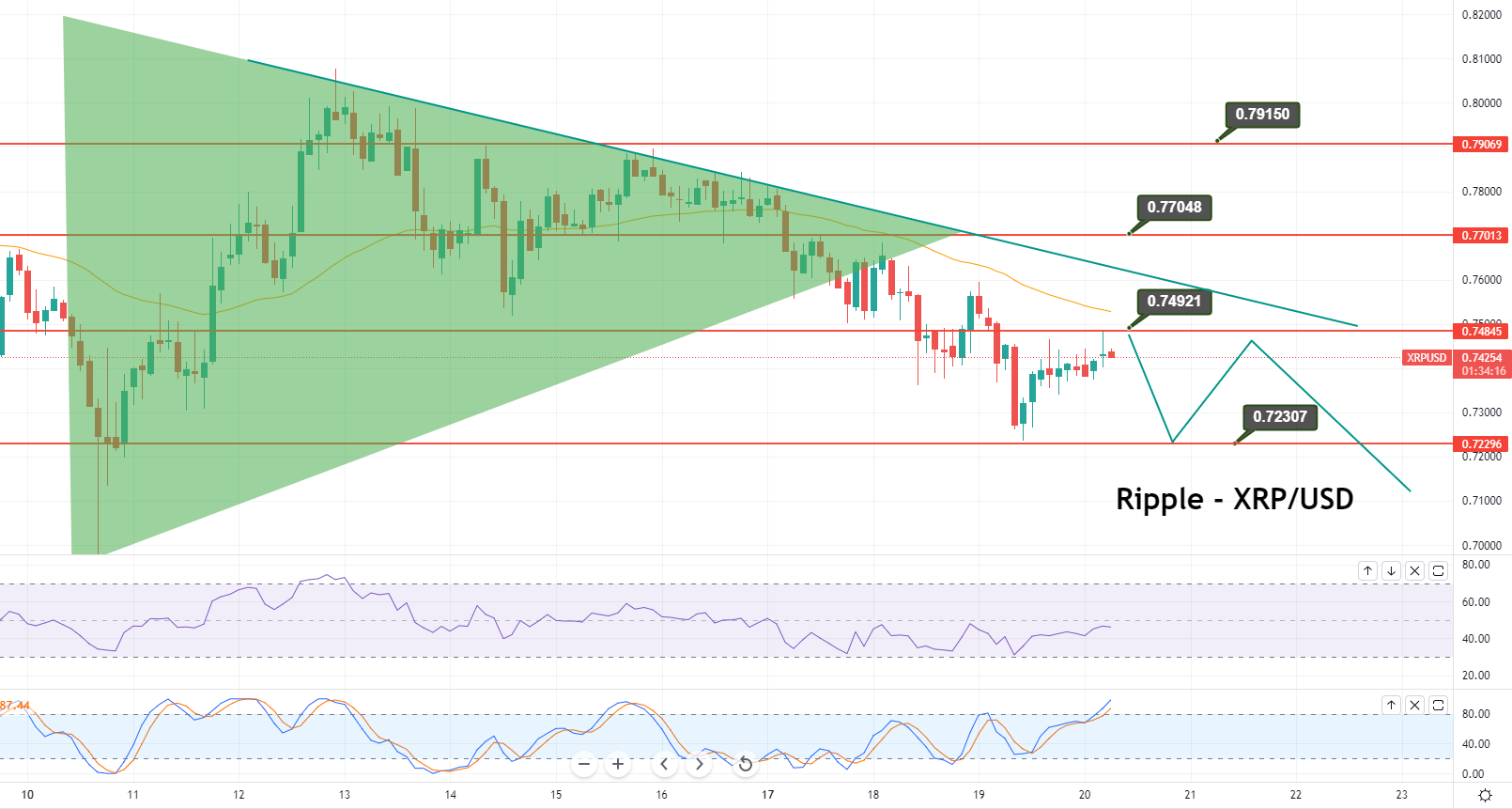
In the dynamic realm of digital finance, Ripple has emerged as a transformative force, providing innovative solutions that redefine the way we transact and transfer value. As the cryptocurrency market continues to evolve, Ripple’s native digital asset, XRP, has gained significant attention for its potential to revolutionize cross-border payments and enhance the efficiency of global financial systems. This article delves into the intricacies of Ripple and its impact on the USD, exploring the technology behind it, its use cases, and the challenges and opportunities it presents.
Understanding Ripple and XRP:
Ripple, founded in 2012, is a technology company that aims to facilitate faster and more cost-effective cross-border payments. Unlike traditional financial institutions that rely on a centralized clearinghouse, Ripple operates on a decentralized network of servers, utilizing a consensus algorithm to validate and authenticate transactions. At the heart of Ripple’s ecosystem is XRP, a digital asset designed to bridge different fiat currencies and streamline international money transfers.
The Ripple protocol, known as the Ripple Transaction Protocol (RTXP), enables the secure and instant transfer of value across borders. XRP serves as a bridge currency, allowing financial institutions to convert one currency to XRP, send it across the Ripple network, and then convert it back to the desired currency at the destination. This process eliminates the need for multiple intermediaries and minimizes the time and cost associated with cross-border transactions.
Ripple’s Impact on USD Transactions:
One of Ripple’s primary objectives is to address the inefficiencies in the traditional banking system, particularly in cross-border payments involving the USD. Traditional methods of international money transfers often involve a series of correspondent banks, each charging fees and taking time to settle transactions. Ripple’s technology offers a faster and more cost-effective alternative.
Through RippleNet, the network that facilitates Ripple transactions, financial institutions can leverage XRP to facilitate real-time, low-cost international transfers. This is particularly significant for transactions involving the USD, given its status as the world’s primary reserve currency. By reducing the friction and costs associated with cross-border transactions, Ripple contributes to a more seamless global financial ecosystem.
Use Cases of Ripple in USD Transactions:
- Cross-Border Payments: Ripple’s technology has gained traction among financial institutions seeking to streamline cross-border payments involving the USD. By using XRP as a bridge currency, these institutions can significantly reduce the time it takes to settle transactions and lower associated costs.
- Remittances: Ripple’s solutions are particularly relevant for the remittance market, where individuals send money across borders to support their families or for other purposes. The efficiency and affordability offered by Ripple can make remittances more accessible and cost-effective, especially in regions heavily reliant on such transactions.
- Liquidity Management: Ripple’s On-Demand Liquidity (ODL) service allows financial institutions to source liquidity in real-time using XRP. This innovative approach to liquidity management can be especially beneficial in markets where access to liquid assets, such as the USD, is crucial for seamless financial operations.
Challenges and Opportunities:
While Ripple’s solutions present promising opportunities, the cryptocurrency landscape is not without its challenges. Regulatory uncertainties, concerns about security, and the need for widespread adoption are hurdles that Ripple and other digital assets must navigate.
Regulatory challenges pose a significant risk to the widespread adoption of Ripple and XRP. The evolving nature of cryptocurrency regulations globally adds an element of uncertainty, impacting the willingness of financial institutions to fully embrace Ripple’s technology. Clear and favorable regulatory frameworks are essential for Ripple to achieve its full potential.
On the security front, the decentralized nature of Ripple’s network provides resilience against certain types of attacks. However, concerns persist regarding the security of digital assets and the potential for malicious actors to exploit vulnerabilities. Ongoing developments in blockchain technology and security measures will be crucial in addressing these concerns.
The path to widespread adoption also hinges on Ripple’s ability to convince financial institutions to integrate its solutions into their existing systems. Resistance to change, coupled with the need for interoperability with legacy systems, presents a significant challenge. Convincing institutions of the benefits of adopting Ripple’s technology, including faster transaction settlement and cost savings, is pivotal for overcoming this hurdle.
Conclusion:
Ripple’s journey in revolutionizing USD transactions exemplifies the transformative potential of blockchain and cryptocurrency in the financial sector. By providing innovative solutions to the challenges associated with cross-border payments, Ripple has positioned itself as a key player in the evolving landscape of digital finance.
The impact of Ripple on USD transactions extends beyond just the facilitation of faster and cheaper payments. It opens the door to a future where financial transactions are more inclusive, efficient, and borderless. As the cryptocurrency space continues to mature and regulatory landscapes evolve, the full potential of Ripple and XRP in reshaping the global financial system may become increasingly evident. The ripple effect is in motion, and its implications on USD transactions are poised to shape the future of finance.